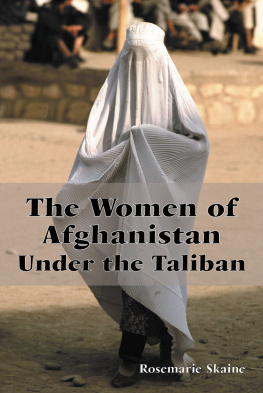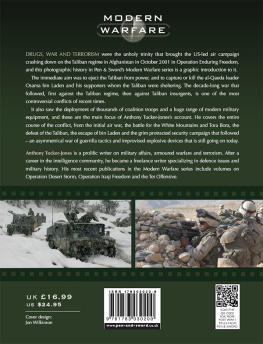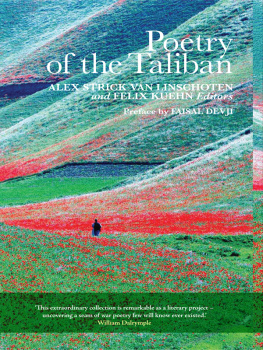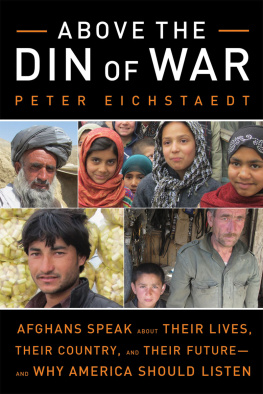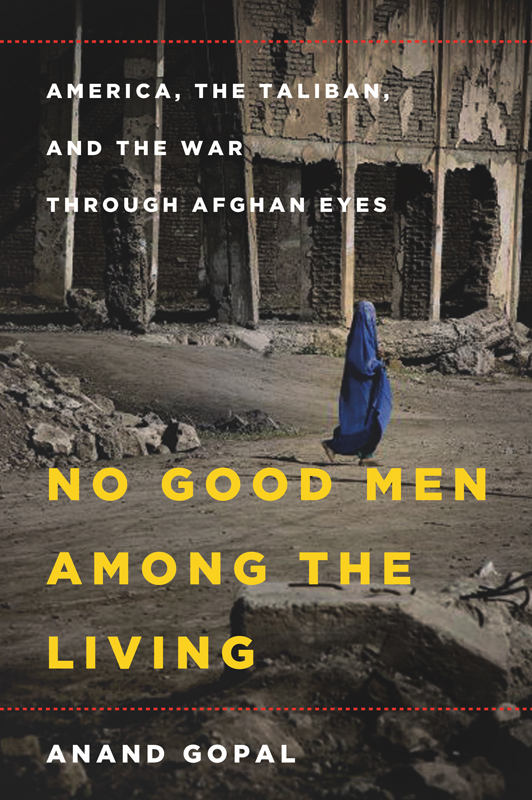
The author and publisher have provided this e-book to you for your personal use only. You may not make this e-book publicly available in any way. Copyright infringement is against the law. If you believe the copy of this e-book you are reading infringes on the authors copyright, please notify the publisher at: us.macmillanusa.com/piracy.
CONTENTS
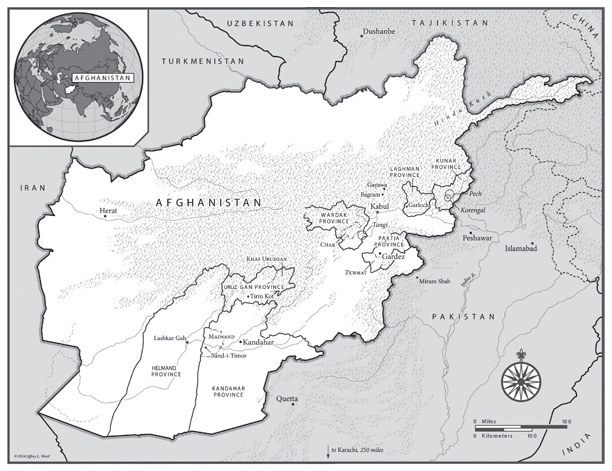
Prologue
This is a book about categories that people create and then come to believe inwith a force of conviction so strong that sometimes it becomes literally a matter of life and death.
When the 9/11 attacks took place, I was living in lower Manhattan, and on that day it seemed that the categories of the world had revealed themselves with brutal, unmistakable clarity. On the one hand, there were those who had committed the atrocity, the terrorists, whose motives were so incomprehensible that we could only, as President George W. Bush put it, regard them as evil. And on the other hand there were the rest of us, the good, we who wanted nothing more than a decent life of freedom and a better future.
That was the premise of the war on terror, and in particular of its opening salvo, the invasion of Afghanistan. You were either with us or against us, a principle that allowed the United States to sort friends from foes on a strange and distant battlefield. For a few years this approach appeared to work, and the country was at peace. Roads were paved, schools opened, and, for the first time in its history, the country voted in truly democratic elections.
It was not long, though, before things started to go wrong. By 2008, when I moved to Afghanistan as a correspondent, the situation had already slipped out of control. An anti-American insurgency was metastasizing, and large swaths of the country had succumbed to full-scale war. Errant air strikes, suicide attacks, and roadside bombs had killed thousands. Troops from forty-three nations had attempted to bring stability, working to build a national army, a police force, and a judiciary system. After years of effort, though, the army was weak, the police rapacious, and the judicial system still nearly nonexistent. A US surge of money and troops provided little relief. The hope pervading the early years was gone.
What had happened? Over the course of four years, I traveled through the Afghan countryside in search of answers. Much of the territory was off-limits to foreigners, so I was forced to adapt. I learned the language, grew a beard, and hit the road like a local, using shared taxis and motorcycles. In the process, I met many people and heard many stories that challenged my preconceived notions of the war and the categories weve used to fight it. When I mentioned this to one of the Afghans whom I had come to know well, he replied with a proverb, one he repeated often: There are no good men among the living, and no bad ones among the dead.
Like so many Pashtun aphorisms, this phrase has many shades of meaning. At one level, it refers to the universal habit of ignoring or criticizing people while they are alive but remembering them fondly after theyve departed. But for this man, an Afghan who had lived through decades of war, it also meant something more: that there were no heroes, no saviors, in his world. Neither side in the conflict offered much hope for a better future. The categories of the American war on terrorterrorists and non-terrorists, fundamentalists and democratsmattered little, not when his abiding goal, like that of so many caught in the conflict, was simply to finish each day alive.
The more such stories I heard, the more I began to wonder whether the root of the conflict was Afghans stubborn refusal to conform to the classifications that Washington had set forth, and Americas insistence on clinging to those divisions. In these pages, I recount the stories of three people in particular whove lived this reality. One is an insurgent Taliban commander fighting against the Americans; another, a powerful member of the US-backed Afghan government; and the third, a village housewifeor, in the language of Americas categories, our enemy, our ally, and a civilian.
PART ONE
The Last Days of Vice and Virtue
Early in the morning on September 11, 2001, deep amid the jagged heights of the Hindu Kush, something terrible took place. When teenager Noor Ahmed arrived that day in Gayawa to buy firewood, he knew it immediately: there was no call to prayer. Almost every village in Afghanistan has a mosque, and normally you can hear the muezzins tinny song just before dawn, signaling the start of a new day. But for the first time that he could remember, there was not a sound. The entire place seemed lifeless.
He walked down a narrow goat trail, toward low houses with enclosures of mud brick, and saw that the gates of many of them had been left open. The smell of burning rubber hung in the air. Near a creek, something brown lying in the yellow grass caught his eye, and he stopped to look at it. It was a disfigured body, caked in dried blood. Noor Ahmed took a few steps back and ran to the mosque, but it was empty. He knocked on the door of a neighboring home. It, too, was empty. He tried another one. Empty. Then he came upon an old mud schoolhouse, its front gate ajar, and stopped to listen. Stepping inside, he walked through a long yard strewn with disassembled auto parts and empty motor oil canisters. Finally, when he pushed his way through the front door, he saw them huddled in the corner: men and women, toddlers and teenagers, more than a dozen in total, clutching each other, crammed into a single room.
Everyone else is dead, one said. If you dont get out of here, theyll kill you, too.
In wartime Afghanistan, secrets are slippery things. The Taliban had planned a surprise attack on Gayawa, but the villagers had known for days that the raid was coming, and those who could had hired cars or donkeys and moved their families down into the valley. But this had been a hard, dry, unhappy summer. Times were not good and many villagers could not afford to leave, even though they knew what might await them. Of those who stayed, only the few hiding in the schoolhouse, where the Taliban soldiers never thought to look, escaped untouched. The rest met an unknown fate.
Back then, Gayawa was near the epicenter of a brutal, grinding war between the government of Afghanistan, controlled by the Taliban, and a band of rebel warlords known as the Northern Alliance. In their drive to crush the resistance, government troops waged a Shermanesque campaign, burning down houses and schools, destroying lush grape fields that had for generations yielded raisins renowned throughout South Asia, and setting whole communities in flight. In the region surrounding Gayawa, the Taliban enforced a blockade, allowing neither food nor supplies to enter. Those who attempted to breach the cordon were shot.
Americas war had yet to begin, but on that September 11, Afghans had already been fighting for more than two decades. The troubles dated to 1979, when the Soviet Union invaded a largely peaceful country and ushered in a decadelong occupation that left it one of the most war-ravaged nations on Earth. The Russians withdrew in defeat in 1989, and in their wake scores of anti-Soviet resistance groups turned their guns on each other, unleashing a civil war that killed tens of thousands more and reduced to rubble what little infrastructure the country still had. Rival gangs robbed travelers at gunpoint and plucked women and boys off the streets with impunity.



